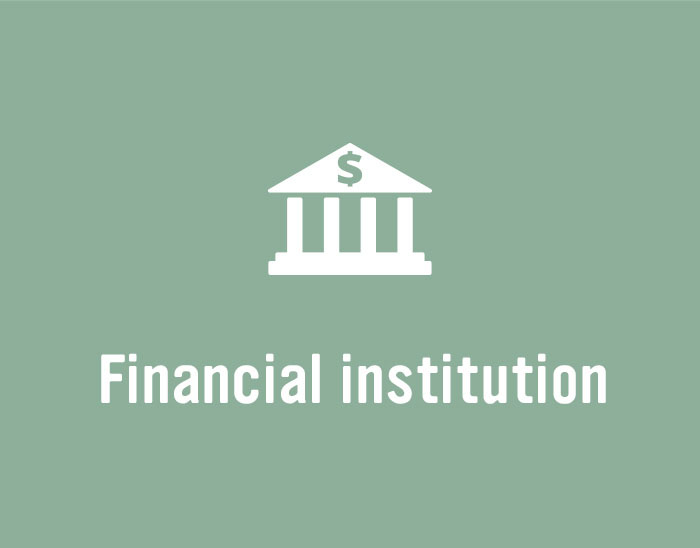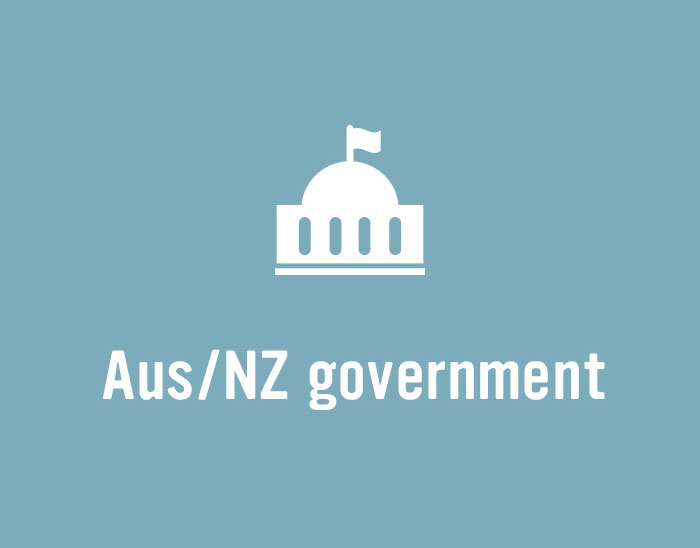
News

On 9 July, Mizuho Financial Group (Mizuho) (A-/A1/A-) mandated ANZ, Citi, Mizuho Securities and National Australia Bank to lead an Australian dollar-denominated, five-year senior-unsecured benchmark transaction. The deal will come in either or both fixed- and floating-rate formats and will be SEC-registered. The notes are expected to be rated A-/A1.

Having recently spent some time in Asia talking to advocates of the burgeoning regional credit market, I was struck by some contrasts with Australia. It occurs to me that local issuers and investors will need to engage with Asia sooner rather than later or run the risk of their home jurisdiction becoming increasingly marginalised.

On 9 July, Queensland Treasury Corporation (QTC) (AA+/Aa1) launched a minimum A$500 million (US$371.7 million) syndicated tap of its August 2030 benchmark bond. Indicative price guidance for the forthcoming transaction is 65-67 basis points area over the 10-year futures contract and 59.75-61.75 basis points area over Australian Commonwealth government bond.

The big story in the Australian dollar high-grade market in 2018 has been 10-year US Treasuries (USTs) consistently yielding more than the equivalent Australian Commonwealth government bonds (ACGBs) – with little prospect of a reversion. KangaNews spoke to a range of dealers in June to get their read.

The Australian Office of Financial Management hosted its fourth Australian Government Fixed-Income Forum in Tokyo in June. The event has grown significantly since its debut in 2013, with close to a hundred local investors attending in 2018. KangaNews was the only media organisation present, and is pleased to share a flavour of this important investor-relations project.

To truly understand the value of green bonds – and counter the cynic’s objection that they are little more than window dressing – it is necessary to take a historical perspective. By doing so, the nature and context of green-bond impact starts to reveal itself more clearly.

The first week of July was highlighted by South Australian Government Financing Authority's A$1 billion (US$738.8 million) 10-year syndicated transaction. Meanwhile, NEXTDC printed A$300 million in a dual-tranche four-year domestic transaction and Axsesstoday priced a A$55 million five-year simple corporate bond deal.

On 6 July, Australian Office of Financial Management (AOFM) (AAA/Aaa/AAA) revealed plans to issue a new May 2041 Treasury Bond via syndication. Commonwealth Bank of Australia, TD Securities, UBS and Westpac Institutional Bank are joint lead managers for the deal, which is expected to launch in the week beginning 16 July.

While markets have remained liquid and tradeable throughout 2018, there can be little doubt that the period of almost unprecedented beneficial funding conditions that pervaded up to the end of 2017 has passed. At their annual global-markets roundtable in London in June, ANZ and KangaNews heard the latest thinking from key issuer and investor players.

New Zealand’s green-bond market is still in its infancy, but green issuance could be a natural fit for some of the biggest sectors of the economy. While market participants work to facilitate labelled issuance, domestic investors say they are already well advanced in factoring environmental, social and governance (ESG) criteria into their portfolios.

Pricing became challenging for Australian issuers in the Asian-targeted US dollar Reg S market later in the first half of 2018, after a flurry of corporate transactions over the preceding 12 months. But market participants in Asia insist the regional liquidity pool will increasingly challenge old favourites like US private placements (USPPs) and domestic issuance for Australian-origin flow.

